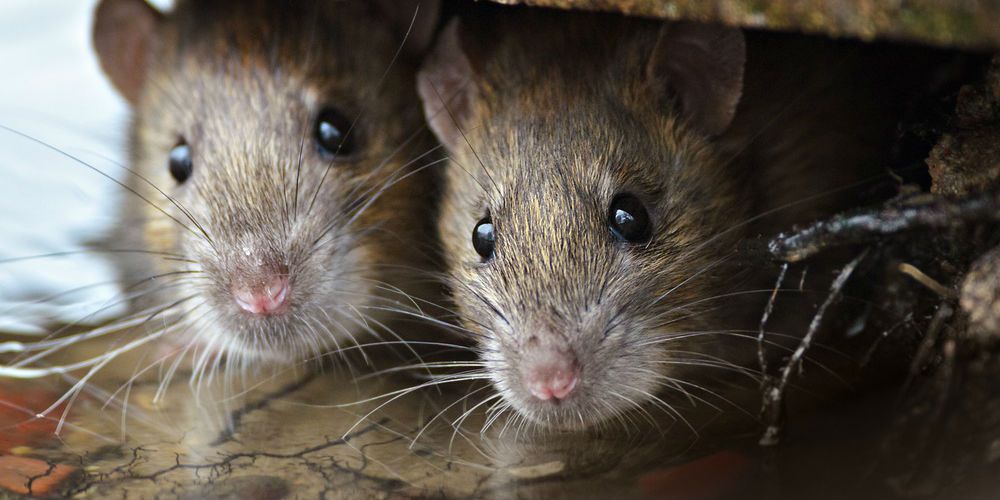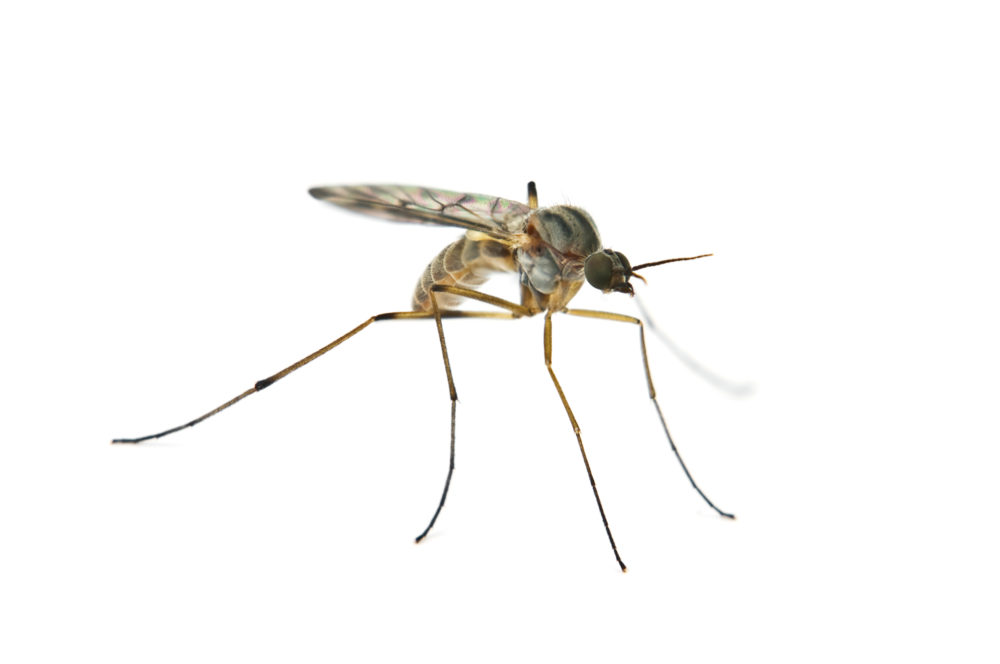Mosquitoes are probably the world’s most significant pest to humans, both as an economic detriment to businesses and to people. The primary reason for this is their potential for spreading diseases, although their biting behavior is also a nuisance by itself. Mosquito populations are a major concern in California that requires constant and widespread action to keep under control. Individuals can also take steps to avoid being bitten by mosquitoes.
Common Species
The species of mosquitoes that pose the greatest concern to humans are in the Aedes, Anopheles and Culex genera. These generally contain many species, although only a few are responsible for the majority of the mosquito problem in California.
Aedes taeniorhynchusm commonly known as saltwater mosquitoes, are found in salt marshes along the California coasts. They produce especially large populations during the summer months and are aggressive biters.
Anopheles freeborni is a well-known vector for malaria found throughout the Western United States. They lay eggs in canals, rice fields and street.
Culex tarsalis is a primary carrier of encephalitis. It’s the most common species of mosquito in Los Angeles, although they are also found in temperate zones throughout the world. The species hibernates during the winter, and the larva develop in the standing water found in cesspools, ditches and ponds.

Control
The primary goal of mosquito control programs is to reduce their population to a manageable level, rather than eliminating them entirely. These programs typically use a multifaceted approach that target each of a mosquito’s four life stages, including egg, larva, pupa and adult. Standing water is a primary target for mosquito control since it’s required by the first three of these stages. Most control programs therefore focus on eliminating mosquitoes before they become adults.
California has been developing mosquito control programs since 1915, which now include more than 70 agencies. These programs cover a total of about 60,000 square miles and include over 85 percent of California’s residents. In addition to population control, these programs also monitor the activity of species that are common disease vectors and provide this information to their respective communities. The range and scope of each program can vary throughout the year depending on climate, location and available resources.

Biting
The primary reason that mosquitoes carry so many diseases is that they feed directly on blood. This action causes mosquitoes to ingest disease-causing organisms from one host and transmit them to the next host. The biting behavior of mosquitoes varies considerably according to the species and time of day. Some species actively seek a blood meal, whereas others only bite when disturbed. In general, the mosquitoes that carry disease in California are more aggressive near dawn and dusk, especially during the two hours after sunset.

Prevention
The most effective method of mosquito prevention is to eliminate the sources of standing water that mosquitoes need to develop. This process primarily consists of overturning or otherwise emptying outdoor containers such as buckets, wading pools, trash cans and aquariums. It’s also important to avoid standing outside after sunset, especially during the summer. The most effective active ingredients in mosquito repellents are DEET and picaridin.

Call us at American Rat Control today and let us put together a treatment plan developed with your specific property and problem in mind. We will rid your space of these pests, and any others, quickly, effectively and affordable. Contact us today and let us show you how we deal with the pest-of-the-month–the black rat.








